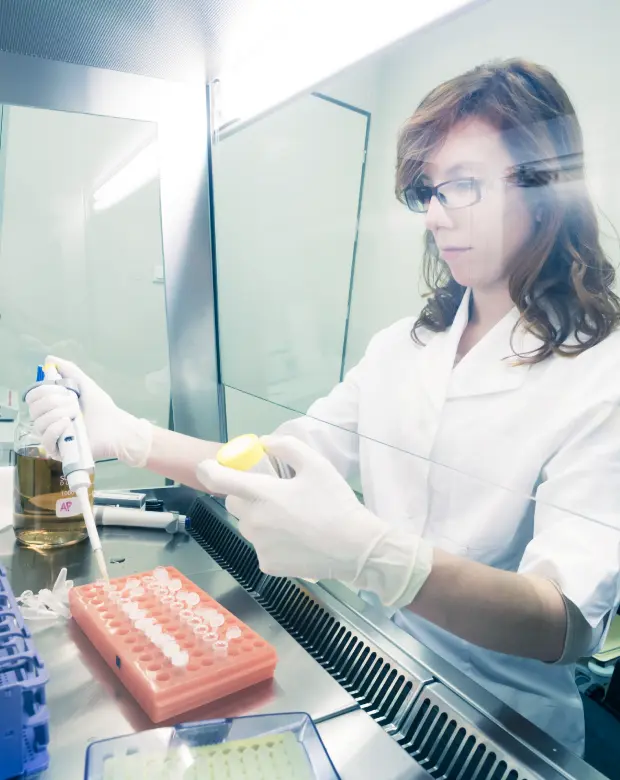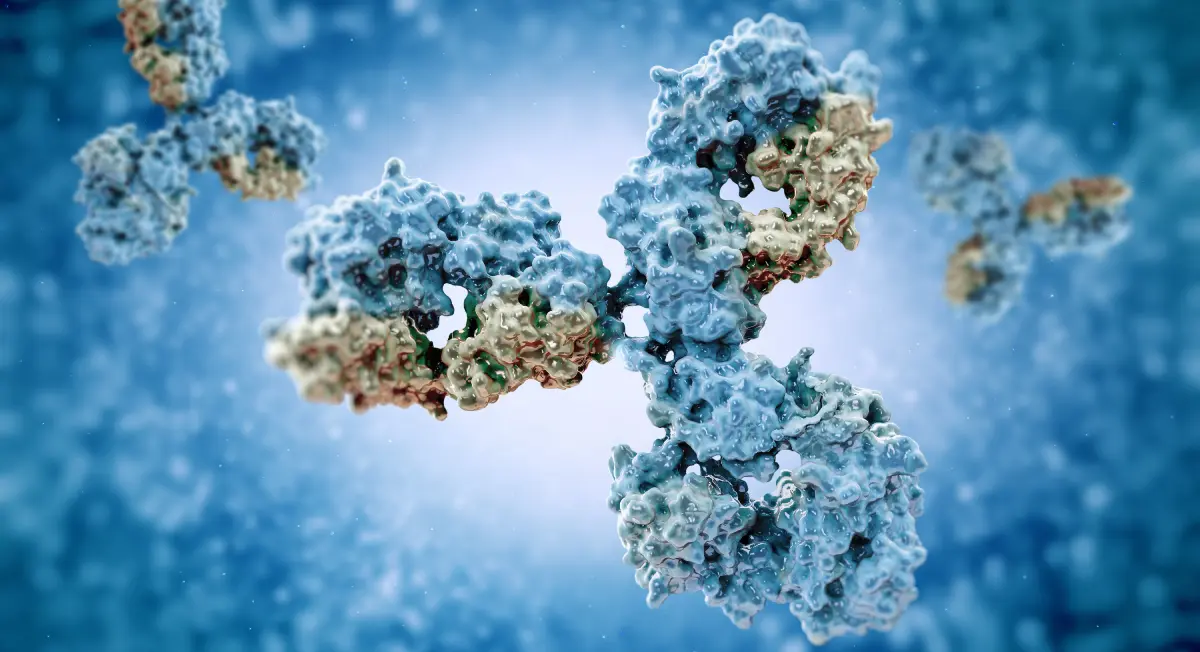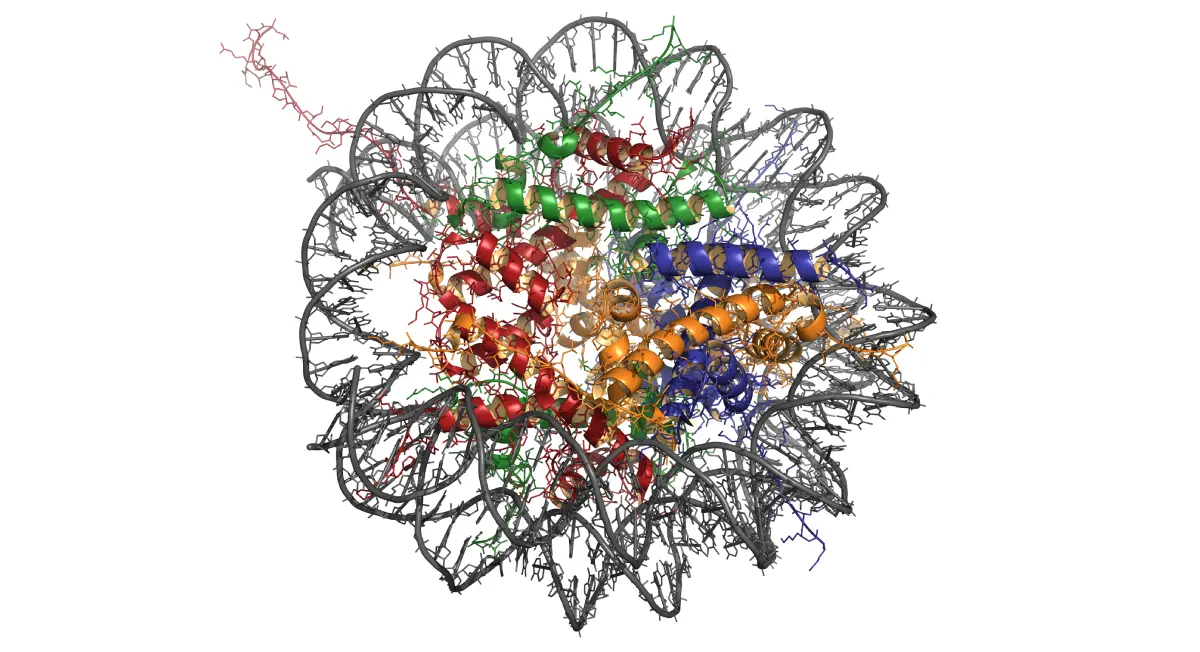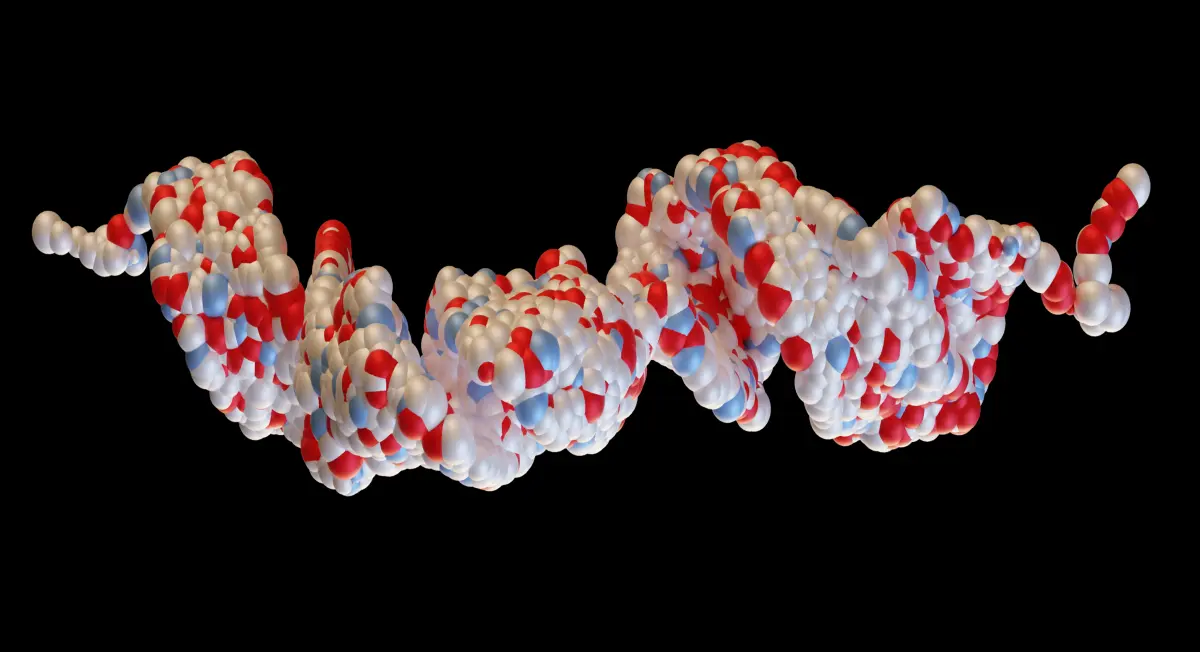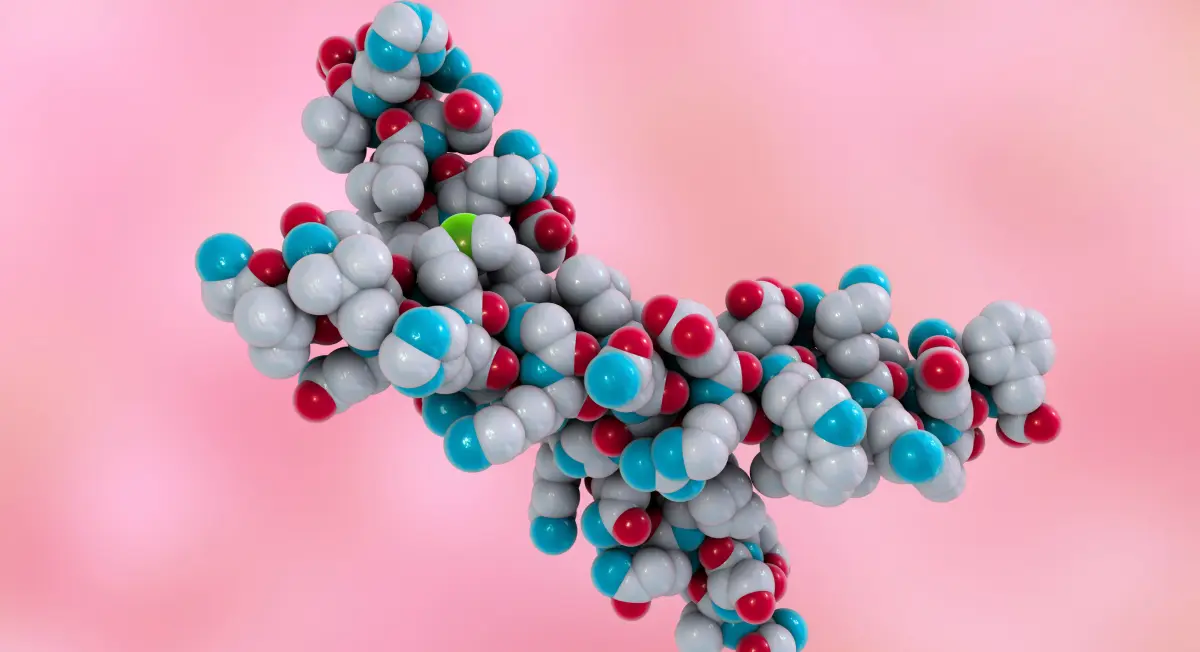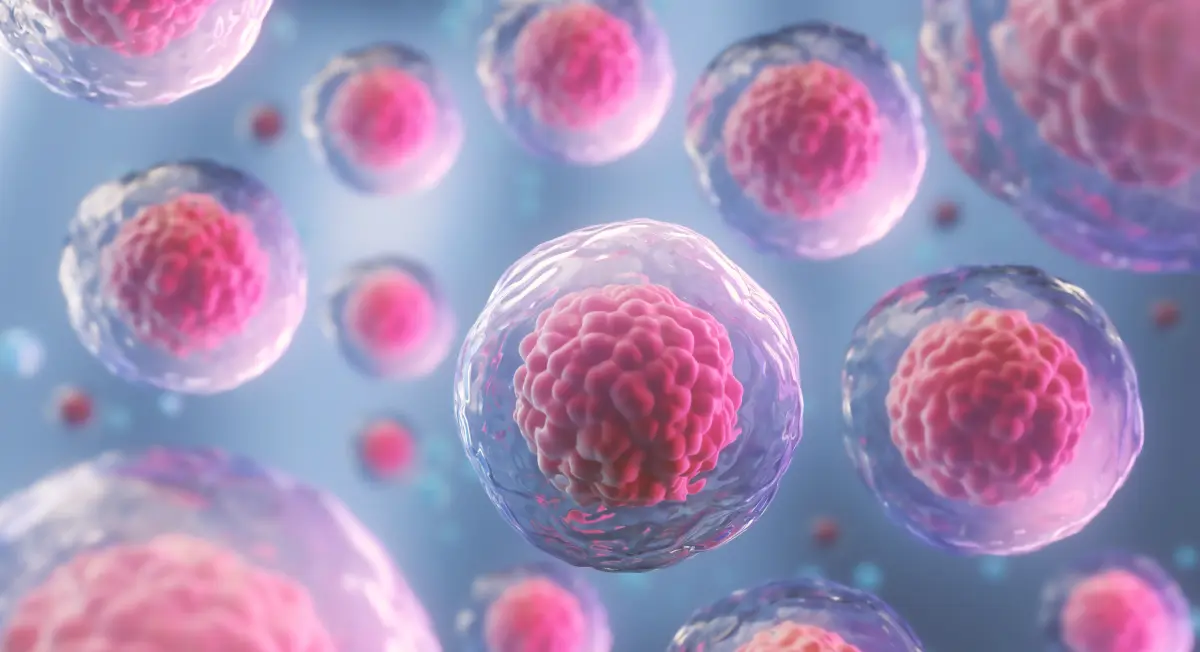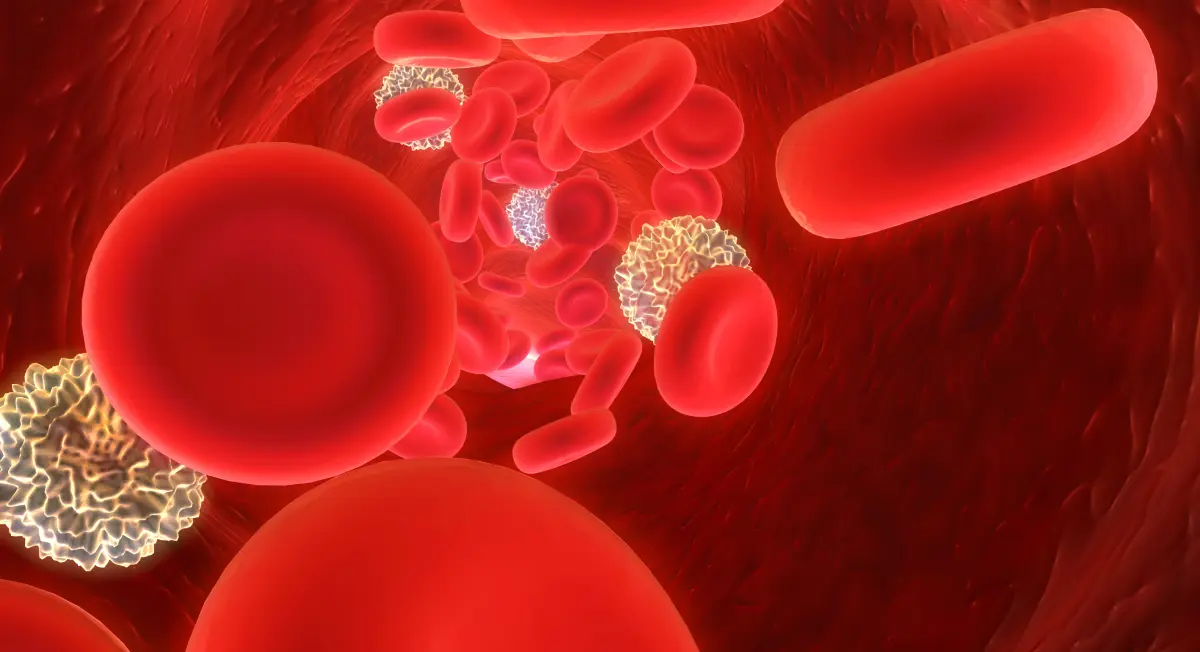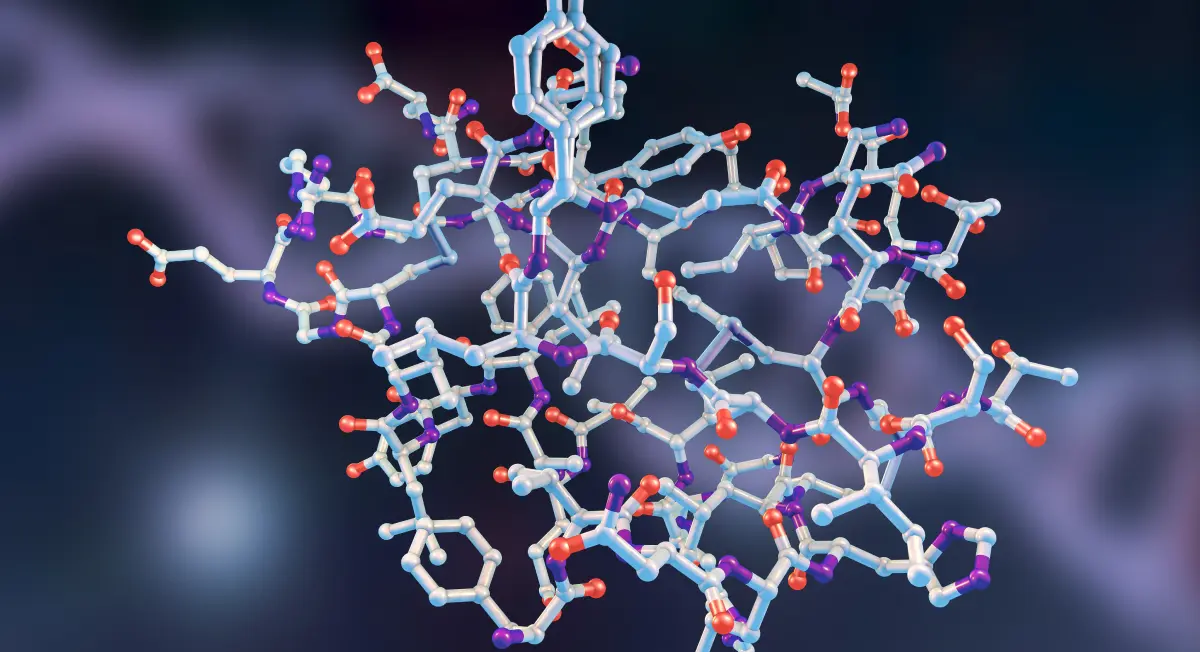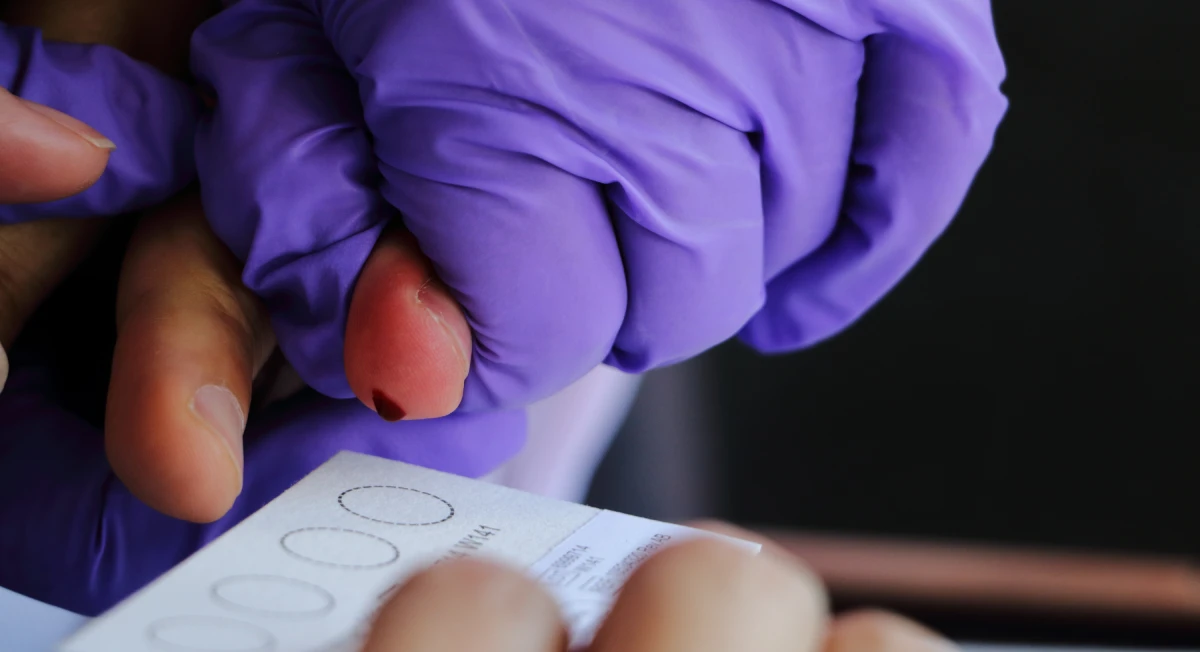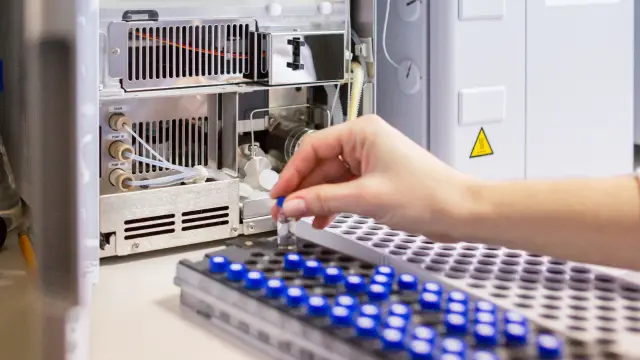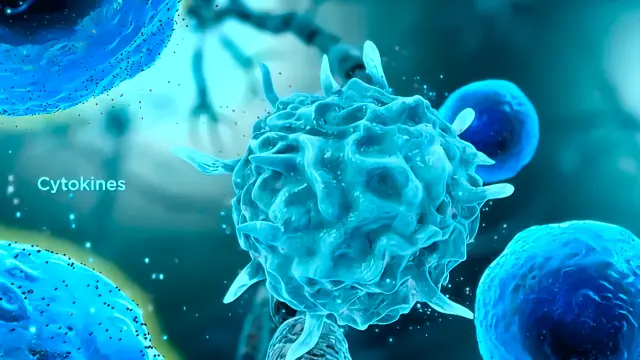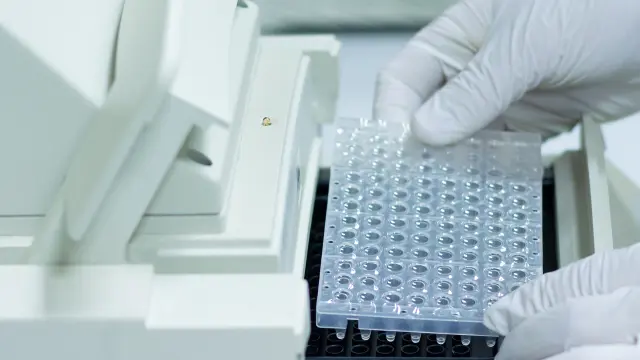Conclusion
We noted that Capecitabine and 5’DFCR are unstable in blood and in plasma on Ice and 37oC. 5’DFUR is unstable in blood but stable in plasma. Furthermore, we observed an increase in concentration of 5’DFUR in plasma suggesting conversion from Capecitabine and 5’DFCR. Thus, we infer that multiple mechanisms must be contributing towards the increase in concentration of 5-FU in clinical samples. Hence in-vivo a positive bias towards 5-FU is possible due to instability of Capecitabine and the other intermediate metabolites.
NorthEast Biolab supports ISR for both preclinical and clinical studies. Our ISR recommendations include First-in-human, First-in-patient, Drug–drug interaction, impaired population, Bioequivalence/Biocomparability, First-time method use, and pivotal studies. Our team follows Standard Operating Procedures (SOPs) to conduct, report, and investigate ISR findings. We review and update these SOPs regularly to meet regulatory and client expectations and provide reliable, high-quality data.
[1] Viswanathan CT1, Bansal S, Booth B, DeStefano AJ, Rose MJ, Sailstad J, Shah VP, Skelly JP, Swann PG, Weiner R, Quantitative bioanalytical methods validation and implementation: best practices for chromatographic and ligand binding assays, Pharm Res. 2007 Oct;24(10):1962-73. Epub 2007 Apr 26
[2] Fast DM, Kelley M, Viswanathan CT, O’Shaughnessy J, King SP, Chaudhary A, Weiner R, DeStefano AJ, Tang D, Workshop report and follow-up–AAPS Workshop on current topics in GLP bioanalysis: Assay reproducibility for incurred samples–implications of Crystal City recommendations, AAPS J. 2009 Jun;11(2):238-41. doi: 10.1208/s12248-009-9100-9. Epub 2009 Apr 21.
[3] Chintala, L., Vaka, S., Baranda, J. et al. Oncol Rev (2011) 5: 129. https://doi.org/10.1007/s12156-011-0074-3



